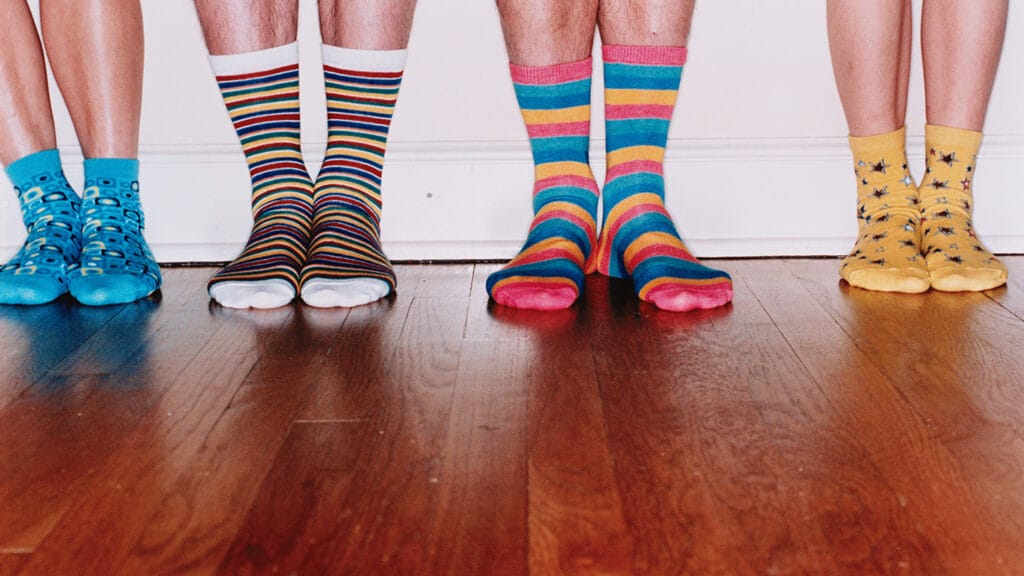
If older adults are uncomfortable with wearing health monitors on their wrist, how about trying them on their feet?
A new “electronic sock” that is equipped with sensors showed promise in being able to help users with diabetes and circulation in their feet, according to new research.
Approximately 16.5 million older adults in the United States have diabetes, according to the American Diabetes Association. In addition, up to 34% of nursing home residents and 20% of assisted living residents may have diabetes.
Wearing the electronic sock could help prevent users from getting foot ulcers or even having their foot amputated, the researchers said.
Diabetes-related foot problems often develop without symptoms, until the issue becomes serious and difficult to treat, the study authors warned.
“Identifying walking issues early using an electronic sock would enable patients to learn a healthy walking style and prevent serious foot problems,” study author Ki Hong Lee, PhD, said in a statement. ”The [study] results suggest that the electronic sock could be an easy, non-invasive way to find patients with diabetes who could benefit from gait training to prevent foot complications.”
The sock’s embedded sensor monitored heart rate measurements as well as electrocardiogram worn on the wrist and chest, both while standing and walking, the study found. The sock sensor also was able to detect how much pressure users were exerting with their foot while walking and could compare possible blood vessel damage among people who had diabetes.
A sock sensor offers yet another tool to help fill the monitoring gap in older adults who have possible heart conditions or diseases such as diabetes that put them at greater risk for heart problems.
Despite the importance of maintaining heart health, not enough older adults with possible circulatory issues are monitoring their symptoms, the McKnight’s Tech Daily previously reported.


